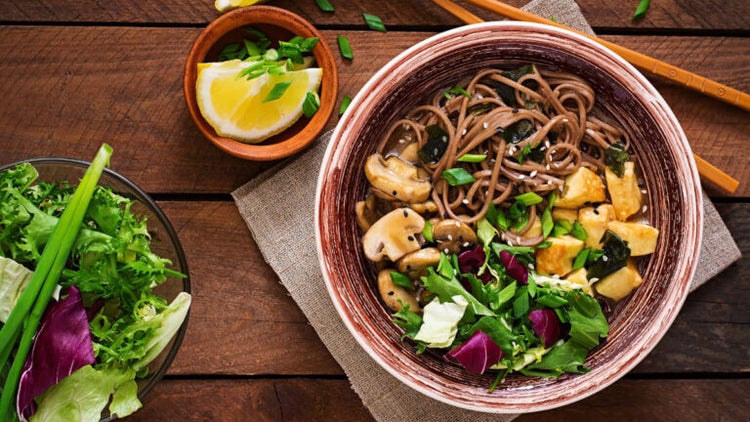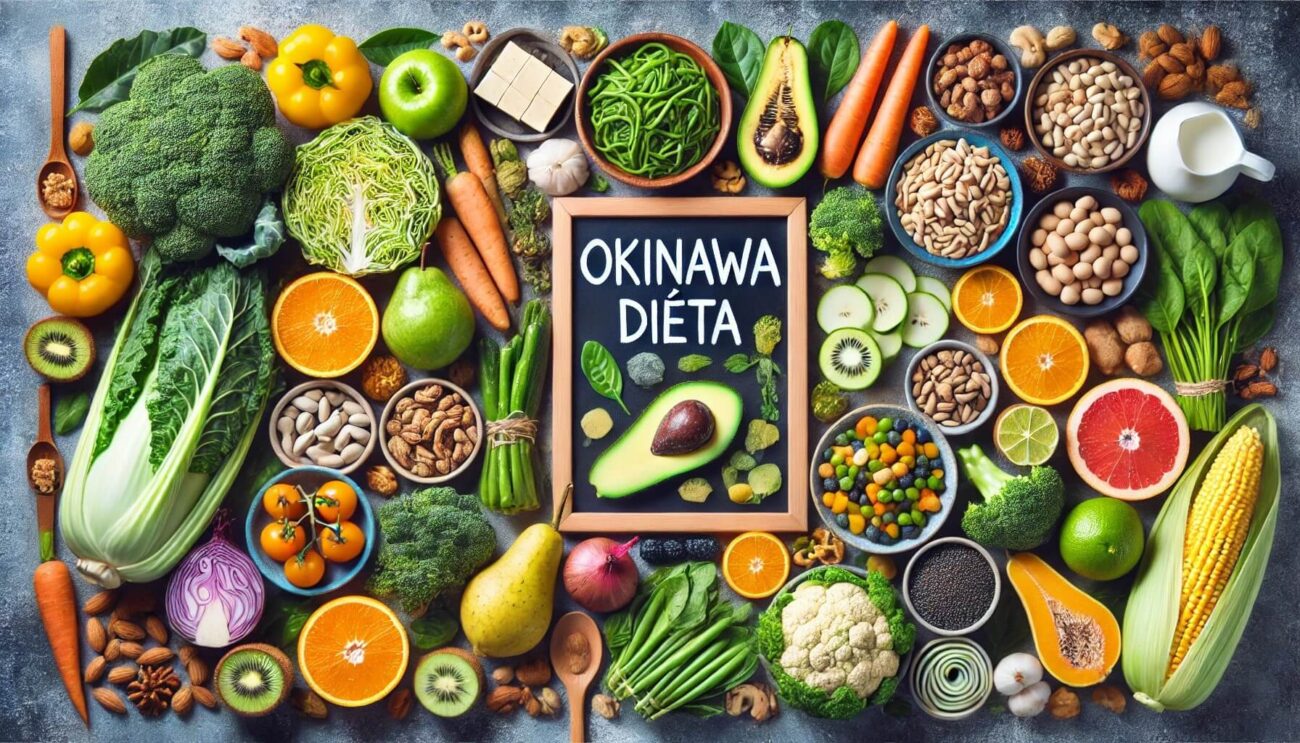In the southernmost region of Japan lies Okinawa, a cluster of islands famous not only for its turquoise waters and vibrant culture but also for something truly extraordinary: longevity. Okinawans are among the longest-living people in the world, with a remarkable number of centenarians (those over 100 years old).
Their secret? A unique way of eating and living, known as the Okinawa diet.
Let’s explore what the Okinawa diet is, why it’s linked to longevity, and how you can bring its principles into your own lifestyle.
What Is the Okinawa Diet?
The Okinawa diet is a traditional way of eating practiced for centuries in Okinawa. It emphasizes plant-based foods, light portions, and nutrient-dense meals that naturally support health and vitality. Unlike fad diets, the Okinawa diet isn’t about restriction—it’s about balance, variety, and moderation.
It’s guided by the philosophy of “Hara Hachi Bu,” which means eating until you are 80% full. This mindful approach prevents overeating and promotes a healthier relationship with food.
Key Features of the Okinawa Diet
- Plant-Based Foundation
- Root vegetables (especially purple sweet potatoes)
- Leafy greens and seasonal vegetables
- Legumes like soybeans and tofu
- Moderate Protein
- Small amounts of fish, especially rich in omega-3
- Minimal red meat and poultry
- Soy products as primary protein sources
- Low in Calories, High in Nutrients
- Lots of fiber, vitamins, and minerals
- Very little refined sugar or processed food
- Healthy Fats
- Omega-3 fatty acids from fish and seaweed
- Occasional use of sesame and canola oil
- Whole Grains & Herbs
- Brown rice, millet, and barley
- Herbal teas like jasmine and turmeric
Health Benefits of the Okinawa Diet
- Longevity & Vitality: Associated with lower rates of chronic diseases like heart disease, diabetes, and cancer.
- Weight Management: Naturally low in calories and high in fiber, it supports healthy body weight.
- Strong Immunity: Rich in antioxidants and anti-inflammatory foods.
- Better Digestion: Fiber from vegetables and legumes keeps the gut healthy.
- Mental Clarity & Mood: Balanced nutrition supports brain health and emotional well-being.
How to Follow the Okinawa Diet
You don’t have to live in Japan to embrace this lifestyle. Here are some practical steps:
- Eat More Plants – Fill your plate with colorful vegetables, seaweed, tofu, and legumes.
- Choose Sweet Potatoes Over White Rice – Purple sweet potatoes are a staple for Okinawans.
- Add Fish Twice a Week – Choose salmon, mackerel, or sardines for omega-3 benefits.
- Practice Hara Hachi Bu – Pause before you’re full; eat slowly and mindfully.
- Enjoy Herbal Teas – Green tea or jasmine tea can replace sugary drinks.
- Cut Down on Red Meat & Processed Foods – Keep them as occasional treats, not daily staples.
- Stay Active & Social – Longevity is not just about food—community, purpose, and daily movement play a huge role.

The Okinawa diet isn’t just a way of eating—it’s a way of living. By focusing on plant-based meals, moderate portions, and a mindful approach to food, Okinawans have unlocked the secret to vitality and longevity.
Incorporating even a few of these principles into your daily routine can help you feel more energized, healthier, and connected to your meals—just like the people of Okinawa.

